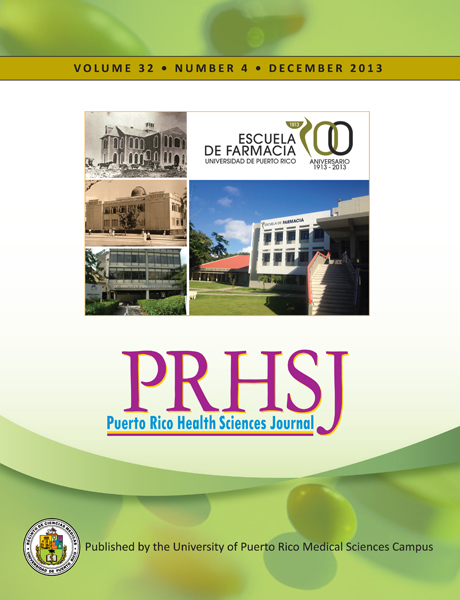Abstract
Objective: Puerto Rico’s (PR) epidemiological data on each oral cavity and pharynx cancer (OCPC) site is yet largely unexplored. Our aim was to compare OCPC incidence in PR, by anatomical site, with that of non-Hispanic whites (NHW), non-Hispanic blacks (NHB), and Hispanic (USH) individuals in the USA. Methods: Data from the Surveillance Epidemiology and End Results program and the PR Central Cancer Registry were collected and analyzed. Age-standardized rates, percent changes, and standardized rate ratios were estimated with 95% confidence intervals. Results: Although declining incidence rates were observed for most anatomical sites in most racial/ethnic groups and in both sexes, the incidence of oropharynx cancers slightly increased for cancers in the oropharynx among PR women, both in the base of tongue and soft palate/other oropharynx (p>0.05). The incidence of soft palate/other oropharynx cancers in PR men was about 2.8 times higher than in USH men (p<0.05) and about 1.4 times higher than in NHW men but 21% lower than in NHB men (p>0.05). Significant interactions terms formed with racial/ethnic group and age were shown in various sites. The largest differences between sexes were consistently noted in PR. Conclusion: Further research in PR should assess the effect of the HPV infection, as well as of other risk factors, in OCPC incidence by anatomical site in younger populations. These data could explain more precisely the reasons for the differences observed in this study, particularly among sexes in PR.
Authors who publish with this journal agree to the following terms:
a. Authors retain copyright and grant the journal right of first publication with the work simultaneously licensed under a Creative Commons Attribution License that allows others to share the work with an acknowledgement of the work's authorship and initial publication in this journal.
b. Authors are able to enter into separate, additional contractual arrangements for the non-exclusive distribution of the journal's published version of the work (e.g., post it to an institutional repository or publish it in a book), with an acknowledgement of its initial publication in this journal.
c. Authors are permitted and encouraged to post their work online (e.g., in institutional repositories or on their website) prior to and during the submission process, as it can lead to productive exchanges, as well as earlier and greater citation of published work (See The Effect of Open Access).
